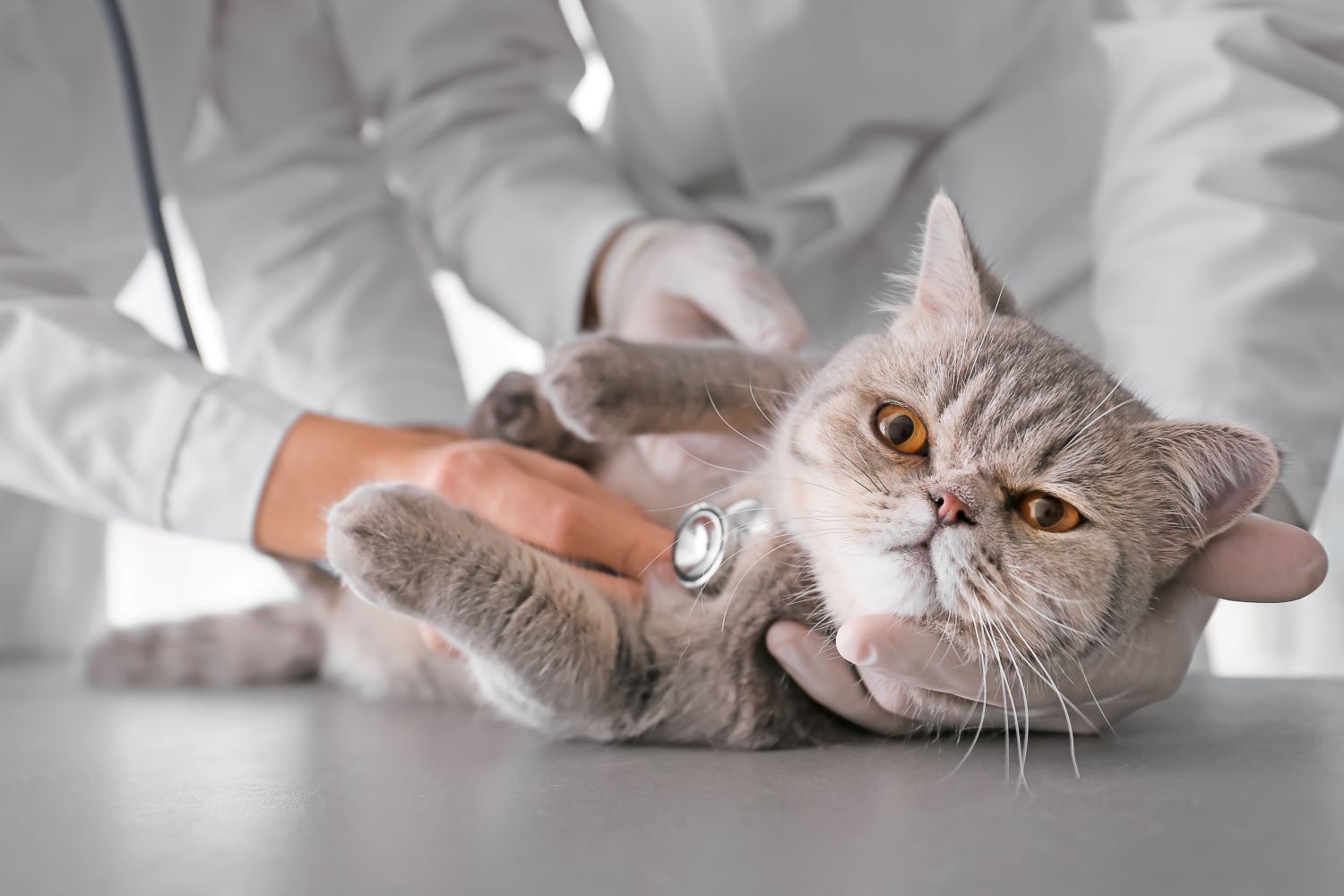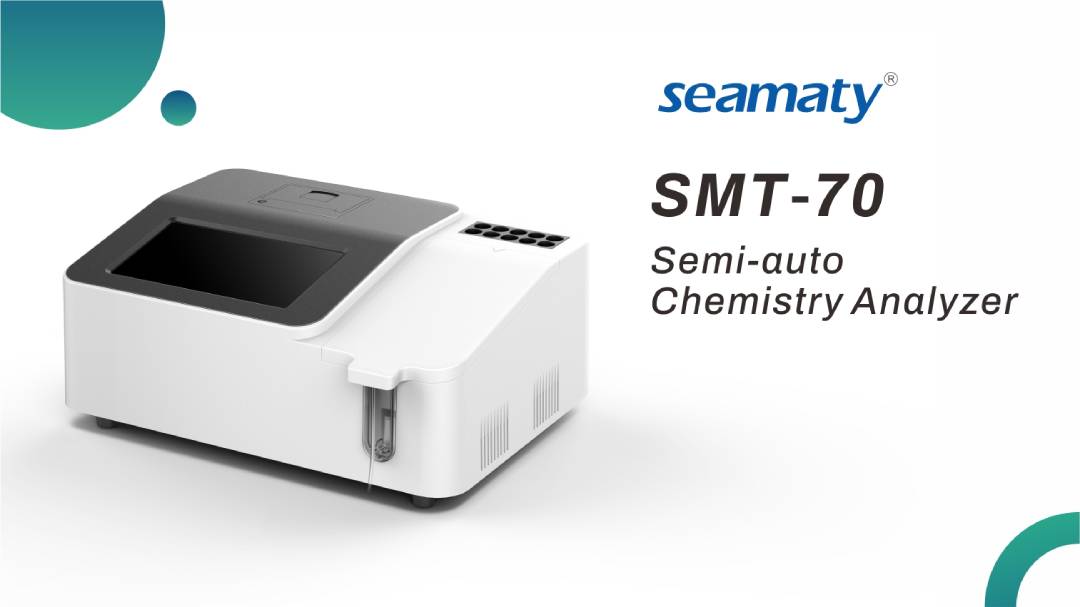The performance indicators in the industry standard for fully automated
chemiluminescence immunoassay analyzers mainly include accuracy and fluctuation of temperature control in the reaction zone, analyzer stability, intra-batch measurement repeatability, linear correlation, carryover contamination rate, etc.
01 Accuracy and volatility of temperature control of reaction zone
The accuracy is not less than 0.1℃ of the probe of the temperature detector. Or the same accuracy provided by the analyzer manufacturer, and after calibration of the special temperature measurement tooling, placed in the location set by the manufacturer. After the temperature display is stable, the temperature value is measured every 30 seconds. The measurement time is 10 minutes. The average value of all temperature values and the difference between the maximum and minimum values are calculated. The difference between the average value and the set temperature value is the temperature accuracy. The difference between the maximum and minimum values is the temperature fluctuation. The temperature accuracy should be within 0.5℃ of the set value, and the fluctuation should not exceed 1.0℃.
02 Stability of immunoassay analyzer
When the immunoassay analyzer is turned on in a stable working condition, use the calibrations and reagents of the clinical test items commonly developed by the manufacturer to test the corresponding quality control products or fresh patient samples on the machine. Repeat the test 3 times. Calculate the average of the measurement results. Repeat the test 3 times after 4 hours and 8 hours respectively. Calculate the average of the results. Use the first test result as the reference value. The relative deviation of the test results should not exceed 10%.
03 Intra-batch repeatability
Use the calibrators and reagents of the clinical test items developed by the manufacturer to test the corresponding quality control items or fresh patient samples on the machine. Repeat the test 20 times. The coefficient of variation CV≤8%.
04 Linearity correlation
The reagents of the clinical test items developed by the immunoassay analyzer manufacturer are used, and the linear upper limit samples and linear lower limit samples with concentration ratios of not less than 2 orders of magnitude are prepared.
Use the lower linear limit sample to dilute the upper linear limit sample into at least 5 different concentrations proportionally. After mixing, the samples were repeated three times for each concentration.
The homogeneous value of the three measurements was calculated. The dilution concentration is used as the independent variable. The mean value of the measurement results was used as the dependent variable. Finally, the linear regression coefficient was calculated. Linear correlation coefficient (r) ≥ 0.99.
05 Carrying contamination rate of immunoassay analyzer
The manufacturer of the analytical instrument should specify the clinical test item. Prepare a high concentration sample of that clinical test item. Use the reagents specified by the manufacturer for the clinical test item. Use high concentration samples and zero concentration samples as samples,
The samples are grouped in the order of high concentration sample, high concentration sample, high concentration sample, zero concentration sample, zero concentration sample, and zero concentration sample. A total of 5 sets of measurements were performed on the immunoassay analyzer. The trend of the measured values in these five groups was used to calculate the sample carriage rate. The contamination rate of the sample was calculated by the trend of the measured values in the five groups. The contamination rate was ≤10-5.
These are the 5 main performance indicators of the automatic chemiluminescence immunoassay analyzer. If you do not know how to choose the right analyzer, I hope this article will be helpful to you.


